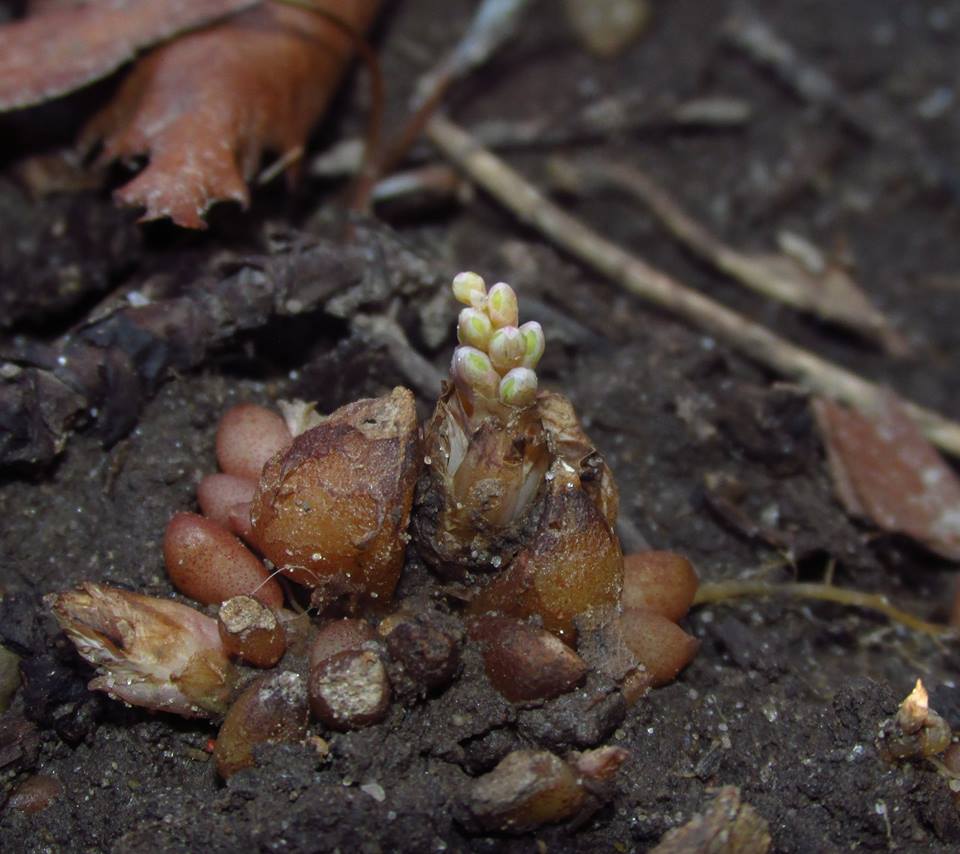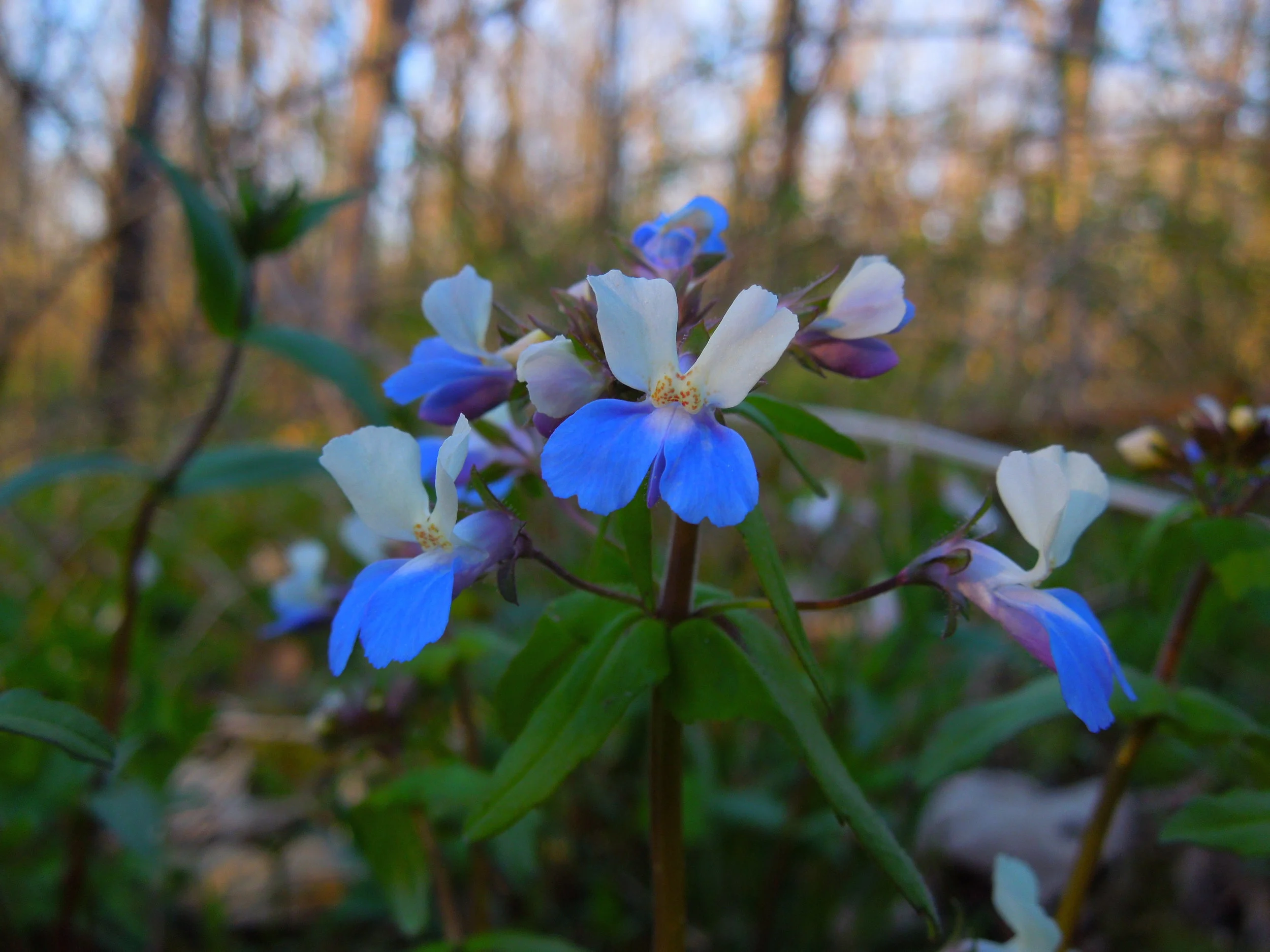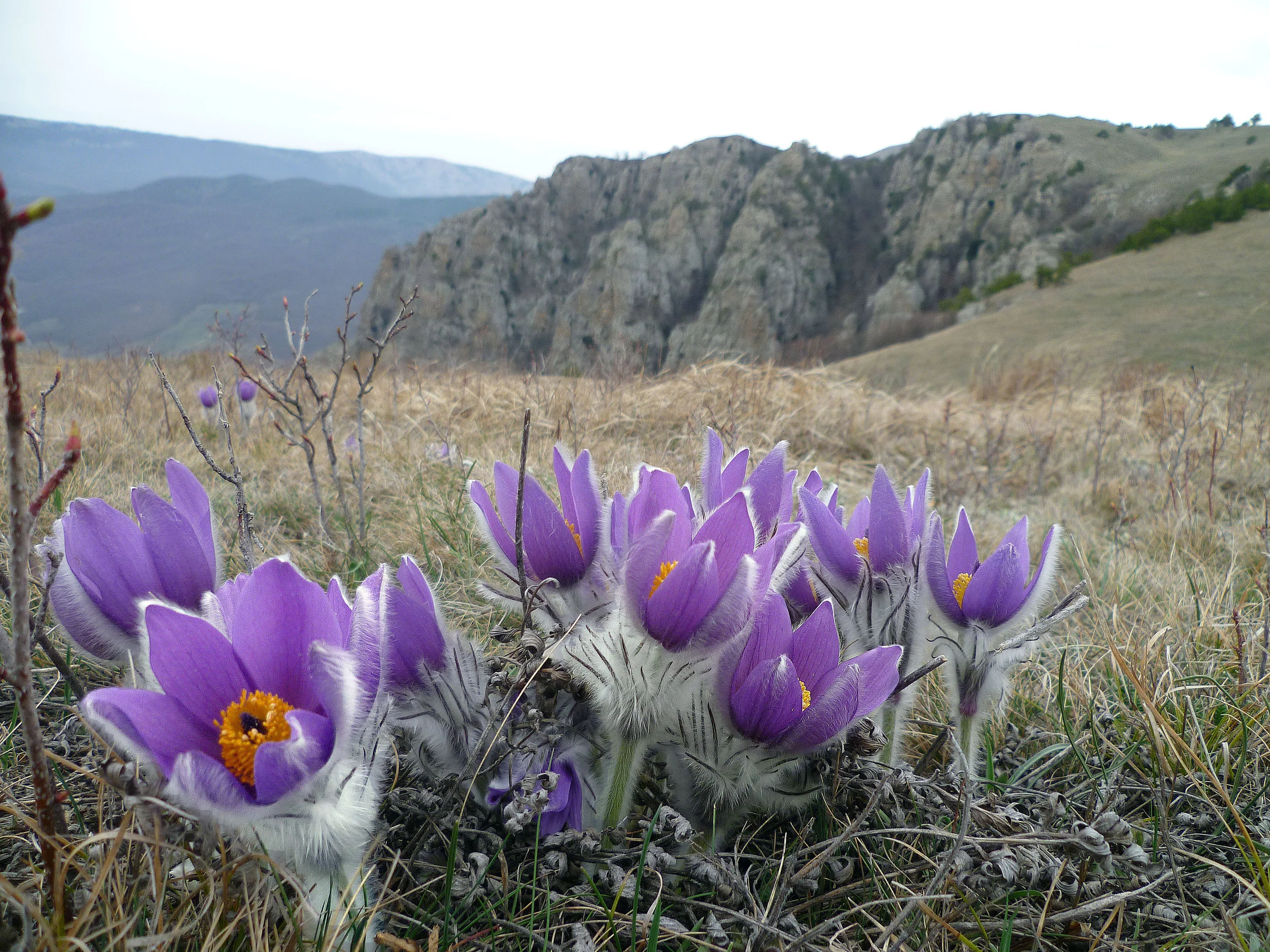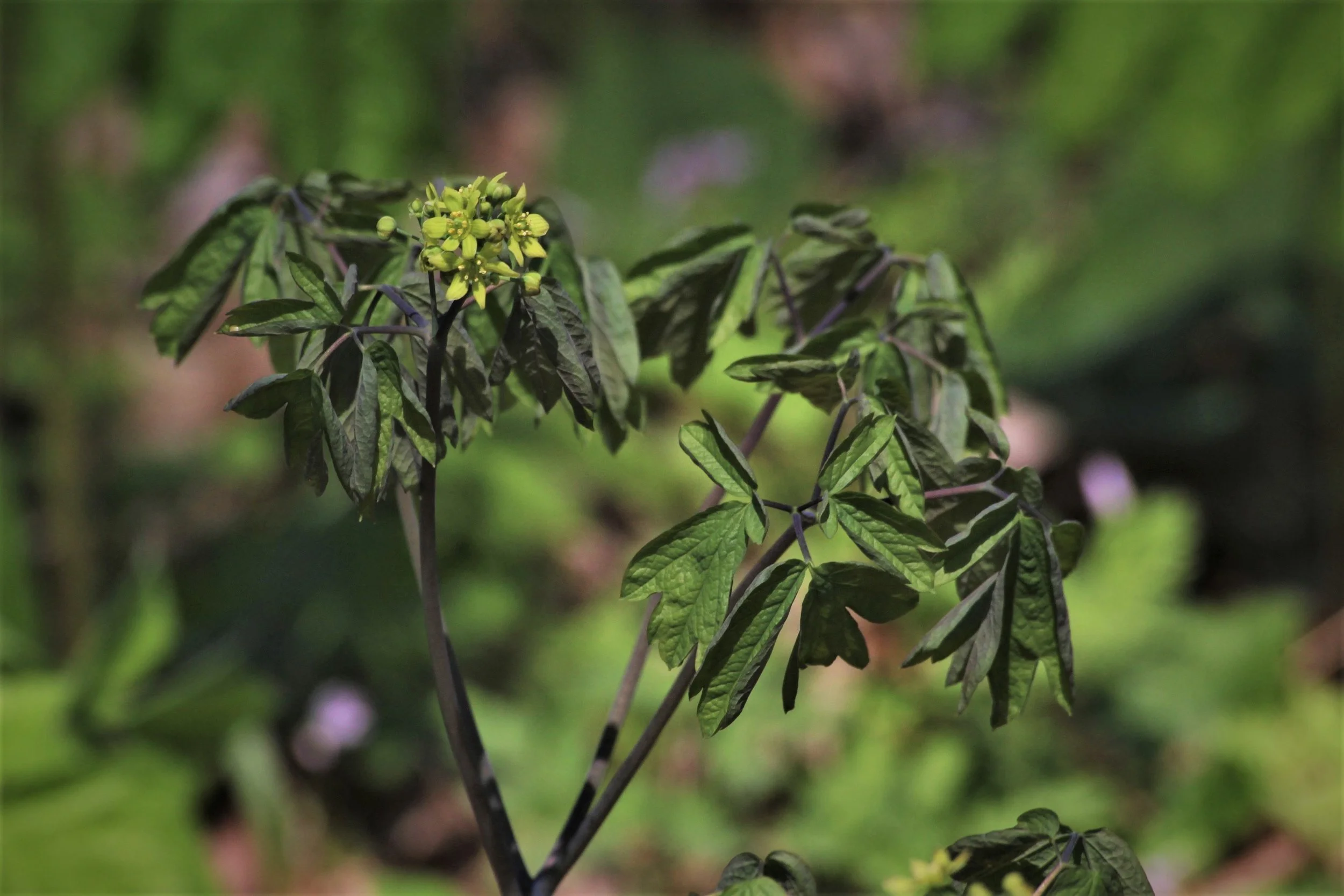Canopy plant (Paris japonica) Photo by Radek Szuban licensed under CC BY-NC 2.0
A geophyte is any plant with a short, seasonal lifestyle and some form of underground storage organ ( bulb, tuber, thick rhizome, etc.). Plants hailing from a variety of families fall into this category. However, they share more than just a similar life history. A disproportionate amount of geophytic plants also possess massive genomes.
As we have discussed in previous posts, life isn't easy for geophytes. Cold temperatures, a short growing season, and plenty of hungry herbivores represent countless hurdles that must be overcome. That is why many geophytes opt for rapid growth as soon as conditions are right. However, they don't do this via rapid cell division.
Dutchman's breeches (Dicentra cucullaria) emerging with preformed buds.
Instead, geophytes spend the "dormant" months pre-growing all of their organs. What's more, the cells that make up their leaves and flowers are generally much larger than cells found in non-geophytes. This is where that large genome comes into plant. If they had to wait until the first few weeks of spring to start their development, a large genome would only get in the way. Their dormant season growth means that these plants don't have to worry about streamlining the process of cellular division. They can take their time.
As such, an accumulation of genetic material isn't detrimental. Instead, it may actually be quite beneficial for geophytes. Associated with large genomes are things like larger stomata, which helps these plants better regulate their water needs. The large genomes may very well be the reason that many geophytic plants are so good at taking advantage of such ephemeral growing conditions.
When the right conditions present themselves, geophytes don't waste time. Pre-formed organs like leaves and flowers simply have to fill with water instead of having to wait for tissues to divide and differentiate. Water is plentiful during the spring so geophytes can rely on turgor pressure within their large cells for stability rather than investing in thick cell walls. That is why so many spring blooming plants feel so fleshy to the touch.
Taken together, we can see how large genomes and a unique growth strategy have allowed these plants to exploit seasonally available habitats. It is worth noting, however, that this is far from the complete picture. With such a wide variety of plant species adopting a geophytic lifestyle, we still have a lot to learn about the secret lives of these plants.
Further Reading: [1]




















